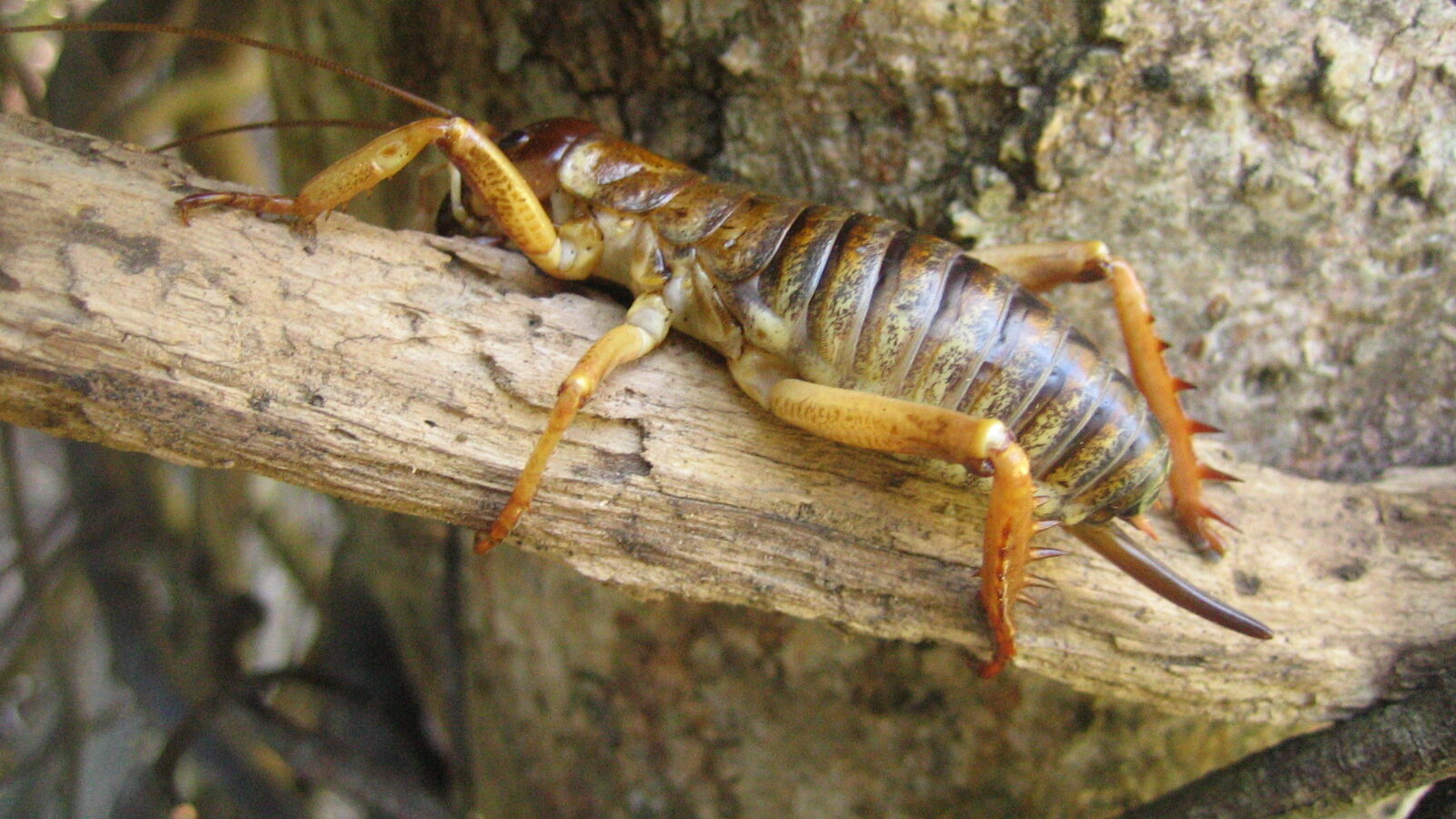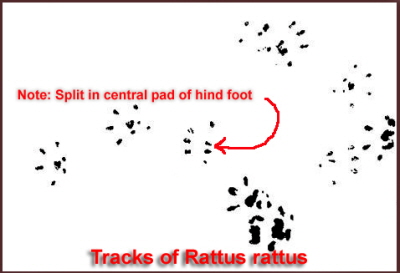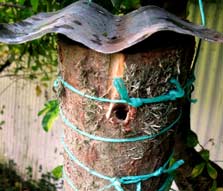Have you ever wondered what kind of wildlife hang out in your garden? There are sure to be birds, but are there weta in your woodpile? Do geckos lurk in your trees and bushes? Are skinks secretly sunbathing on big warm stones or in the longer grass?

Skinks and geckos can be secretive. They scuttle undercover at the first sound of footsteps. Weta hide away in the day time too, and it’s hard to see anything in the garden at night. But even if you haven’t seen them, all kinds of wild creatures might still be about. There might be predators too – rats, mice and even possums that only come out of hiding once the humans have gone to bed.
So how do you discover the secret wildlife in your backyard? Well here are a few things to try.
Tracking tunnels let you capture the inky footprints of your garden wildlife. Here are some ways you can make them:
- Tracking tunnel designed by the Kiwi Conservation Club
- DOC tracking tunnels
When weta, lizards, mice or even rats walk through your tunnel they leave inky footprints and every kind of animal has a different kind of footprint.
Once you’ve got some footprints, you’ll need to work out what they belong too. There’s heaps of information and pictures of footprints in this guide (PDF, 2MB).
Now you’re well on the way to becoming a backyard wildlife detective. But wait! Animals don’t just leave their footprints behind. Sometimes they leave their poo.
Eeugh! Poo! But poo makes for very good clues. Big poo, small poo, long and skinny poo or black and shiny and full of beetle wings – poo is a clue that can tell you a lot about who pooed and what they ate beforehand.

Maybe you have predator poo! Find out what kind of predator might be threatening your wildlife.
Help Wildlife live the Good Life

If you’d like to help the wildlife in your backyard there are heaps of things you can do. You can encourage insects like weta, beetles and solitary native bees by building a weta house or an insect palace – a special place for them to hide-out during the day that’s made up of lots of tunnels and tubes and nooks and crannies – just the way they like it.
Here are a few designs to check out:
Or check out some of these overseas designs for insect hotels.
What kind of bee-utiful bee house, beetle mansion or earwig extravaganza can you create?

